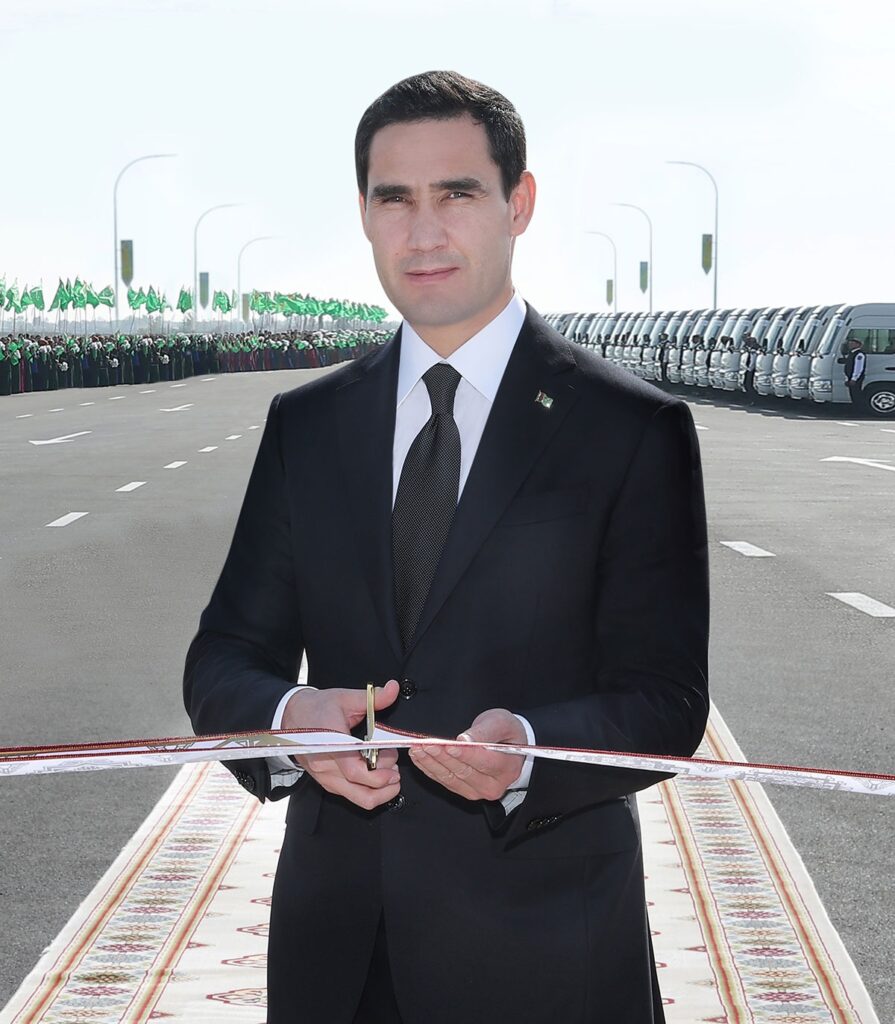Turkmenistan Opens New Section of Strategic Highway
On April 17, Turkmenistan President Serdar Berdimuhamedov attended the launch of a new section of the Ashgabat-Turkmenabat high-speed highway linking the cities of Tejen and Mary. Phased construction of one of the most ambitious transport projects in Turkmenistan began in January 2019. Covering 600 kilometres, it comprises three sections - Ashgabat-Tejen (203 kilometres), Tejen-Mary (109 kilometres), and Mary-Turkmenabat (288 kilometres) – and once completed, will provide a faster and more economical means of transporting goods across the country. Hailing the high-speed Ashgabat-Turkmenabat highway a modern revival of the ancient Silk Road, President Berdimuhamedov reiterated his country’s commitment to the development of transport corridors from East-West and North-South and stated: “Turkmenistan is located at the junction of two continents, and such a favourable location provides a huge advantage in the formation of an international transport and logistics corridor, the integration of the domestic transport sector into the global system and the expansion of trade, economic, cultural and humanitarian ties with partner countries.”

